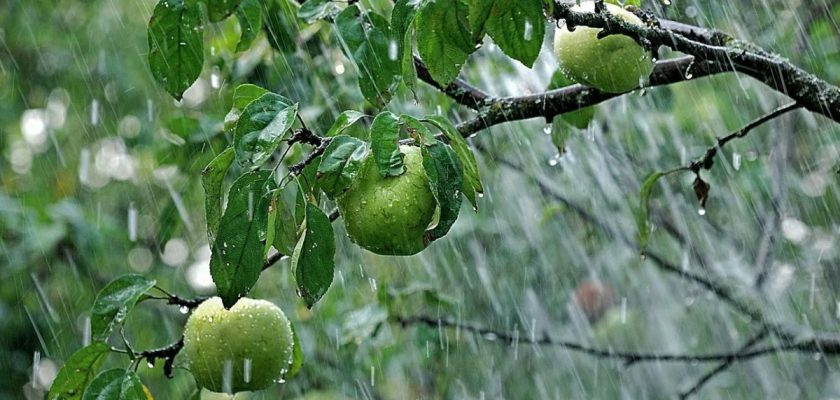Autumn rain after a dry summer triggers an instant transformation of our surroundings. If you have a backyard, you don’t have to step too far to appreciate it.
That’s the start of my latest piece, Rain wakes your senses and your soil, for ABC Science.
It’s been a while since I posted on The Geeky Gardener as I’ve been so busy writing stories for the ABC, working on other projects and ignoring any pretence of a work-life balance.
But it’s about time that I shared with you the story behind the autumn rains story, the parts that didn’t make it into the ABC article.
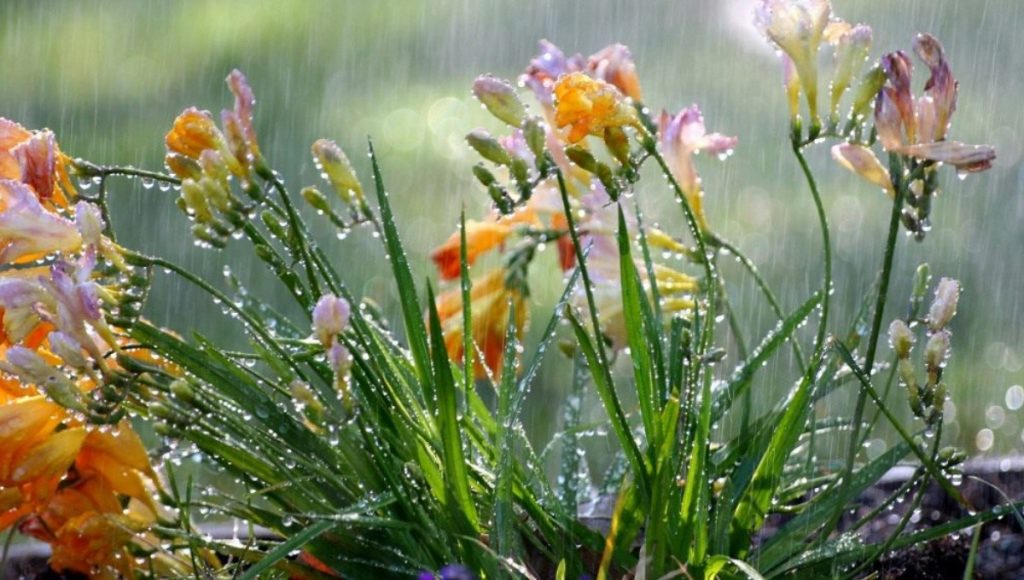
The theme, as the headline suggests, is how rain wakes up your senses and your soil, especially after a long hot summer.
I appreciate that autumn rains haven’t come for all of you, or that many of you are reading this from the northern hemisphere where it’s spring, going on summer.
So stick with the idea that in an ideal world, rains come to parts of the southern hemisphere in autumn, which we’re coming to the end of right now, after a long hot summer. For tropical regions, it’s another story. In this piece, we’re just talking about more temperate climates.
We all know that rain can stimulate seeds to germinate or can green up your lawn. But I was more interested to explore other aspects of rain on a dry garden – the smell of damp soil and what happens to the soil carbon.
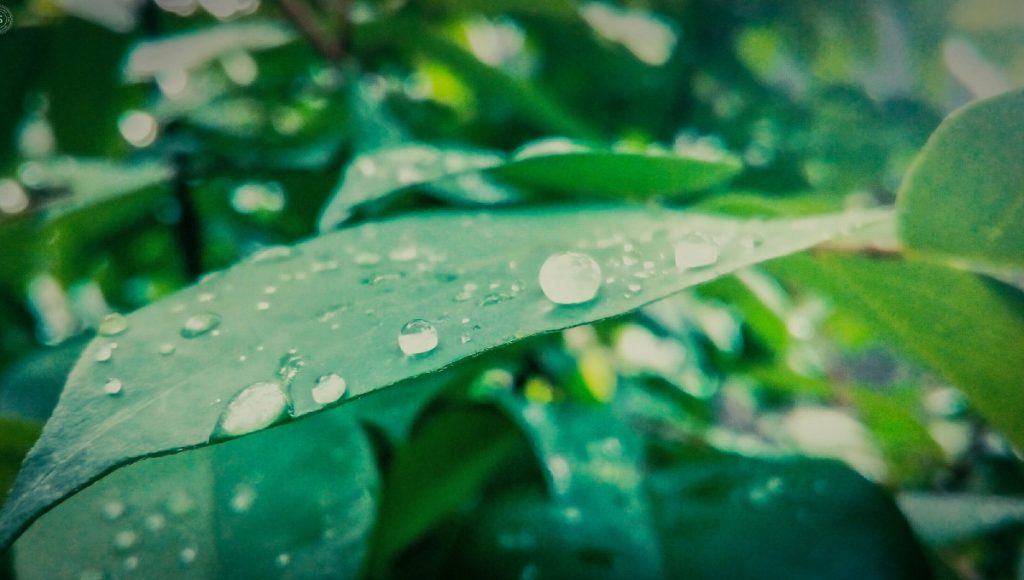
Evocative smell
The smell of the earth after it rains is an evocative one. Some gardeners describe it as a call to action, a call to get out there and potter. But poetic is that might sound, the smell of damp soil is thanks to mainly one molecule – geosmin – a molecule I have written about before on The Geeky Gardener, but explore in more detail in my ABC piece.
Soil microorganisms make geosmin then release it into the soil when they die. But it’s only when it rains that the molecule is turned into an aerosol and wafts into the air. That’s how we smell it.
After the ABC posted the autumn rains article, I had several emails about why I hadn’t mentioned the term petrichor in my piece. Did I not know that Australian researchers from CSIRO had coined the term petrichor in the 1960s to describe the smell after it rains?
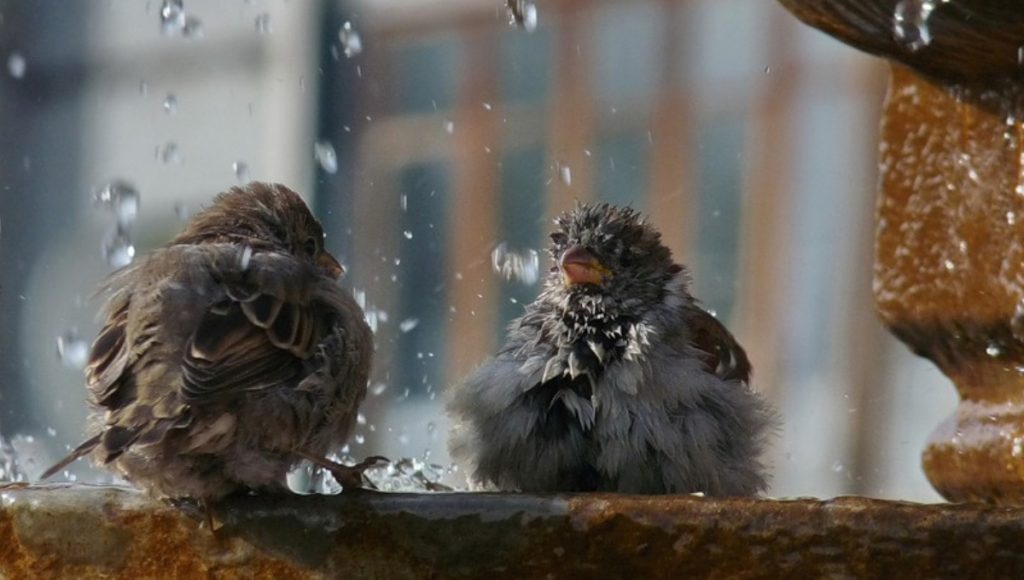
Yes, I did hear about the CSIRO link. In fact, I deliberately left it out. Here’s why.
Other articles on the smell of rain had mentioned petrichor, so I tracked down the original 1964 paper in Nature called ‘Nature of argillaceous odor’, which talked about how petrichor was the oily substance that could be extracted from rocks by steam distillation and other methods. No mention of the smell of rain.
Other papers by the same authors on petrichor followed in 1965 and 1966, one that looked at the effect of petrichor on plant growth (it inhibits it) and the other on how petrichor is generated.
Then, I read the relevant scientific literature on geosmin, which is much more recent. But I couldn’t find a single scientific paper that I had full text access to that clarified the relationship between petrichor and geosmin.
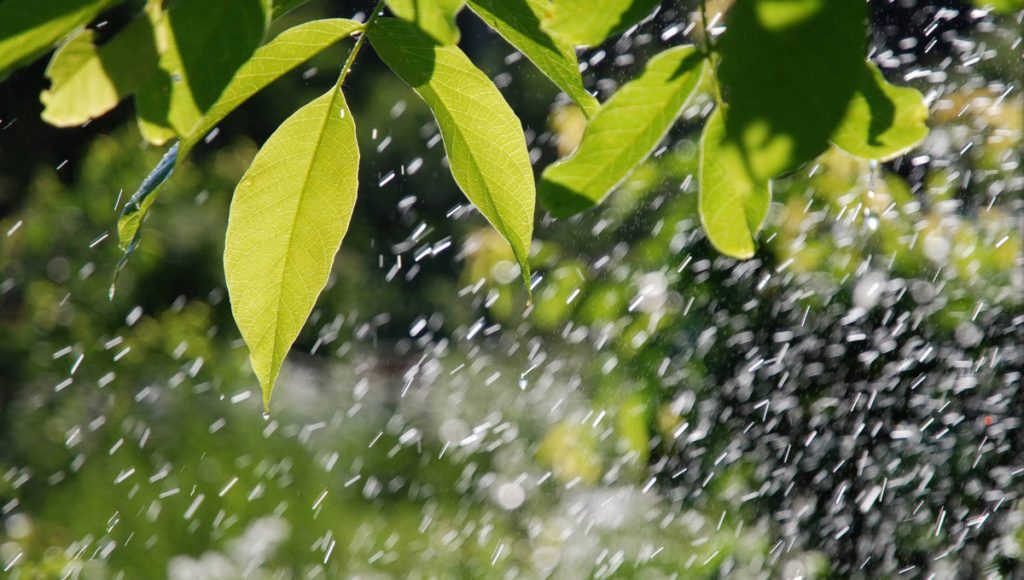
My mind was spinning with possibilities.
Was petrichor the catch-all term of which geosmin was one of the component molecules? Were the two words synonyms? Unlikely, but I had to rule it out
Did petrichor and geosmin describe different smells, petrichor when rain ran off rocks and geosmin released by the soil after rain? Yes, I do realise that soil is partly broken down rocks.
Are the processes that lead to molecules wafting up our noses different if the starting substrate is rock versus soil? Inorganic versus organic?
Only one article I read, by a US professor of organic chemistry publishing in Nature Chemistry, mentioned the two substances side by side. Even then, their relationship was ambiguous. Anyway, that wasn’t original research, and the only relevant reference cited in that article was the 1964 paper in Nature that I’d already read.
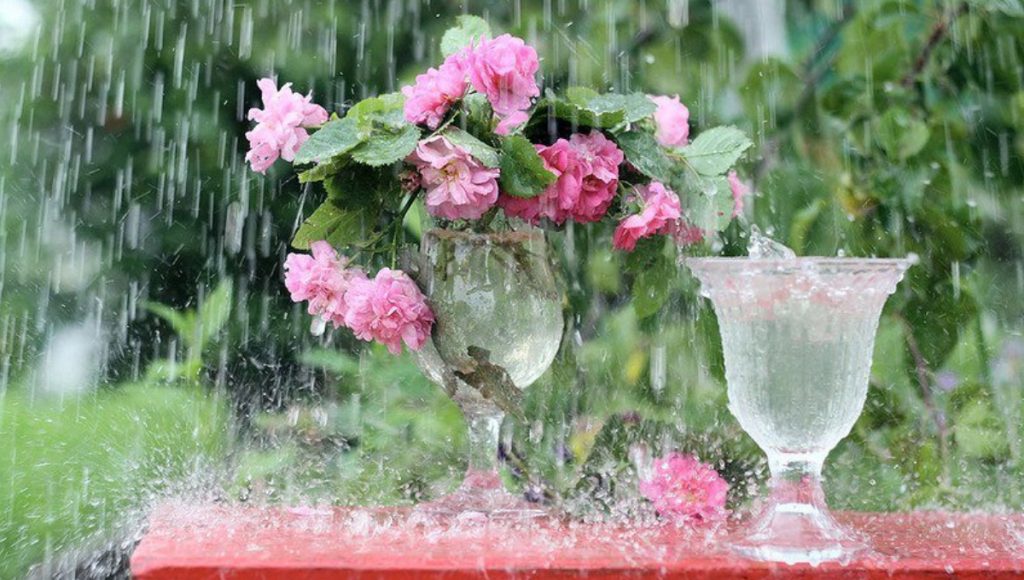
Grrr. I had already spent too much time trying to get to the bottom of this.
So, I had a dilemma. Spend a paragraph or two outlining the historical Australian research, with all the caveats and uncertainty, or jump straight into geosmin, where I was more certain of my facts?
So, I did what any responsible journalist would do with a deadline and a word limit – if in doubt, leave it out – a phrase that was drilled into me while training as a journalist a quarter of a century ago (yikes).
So, out went petrichor and geosmin remained. I hope that explanation satisfies the petrichor fans and also goes some way to explain how I work.
In hindsight, a quick call to CSIRO would have sorted out the petrichor-geosmin matter, or not, depending on how quickly someone was available to speak to me.
CSIRO is still pretty proud of its contribution of the term petrichor to the lexicon and boasts that it’s one of the organisation’s top achievements. Read its list here.

Carbon in your garden
The rest of the autumn rains article then outlines what happens to soil carbon when it rains. For that, I can thank Dr Yolima Carrillo, a researcher from the Hawkesbury Institute for the Environment at the University of Western Sydney.
The details of my conversation with Dr Carrillo are in the article. But basically, she describes how rain after a long, hot summer stimulates microbial action in the soil, leading it to belch out carbon dioxide into the atmosphere. Yes, I love the word belch too.
Carrillo reminds us that we don’t always think of soil as a bank of carbon and what we can do to influence its release into the atmosphere.
“How people garden impacts on carbon in the atmosphere, an important driver of climate change,” she says.
Read the article for her advice on how best we can best manage carbon in the garden.
That phrase ‘carbon in the garden’ rolls off the tongue quite nicely, don’t you think?

